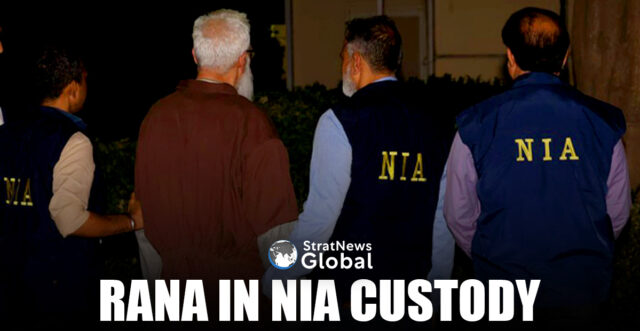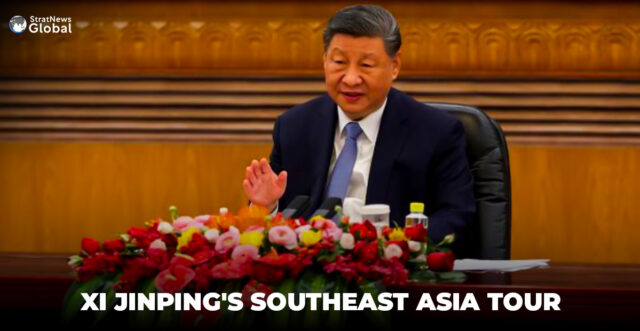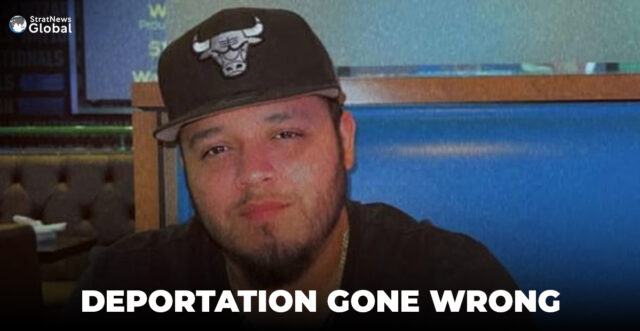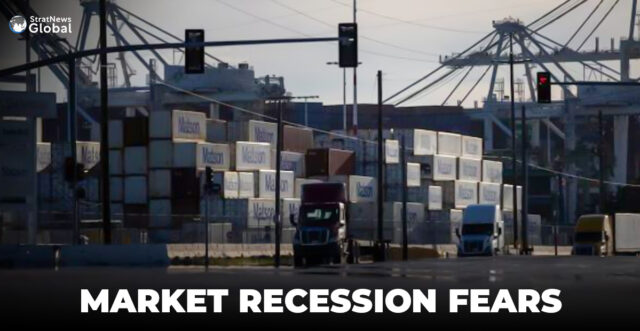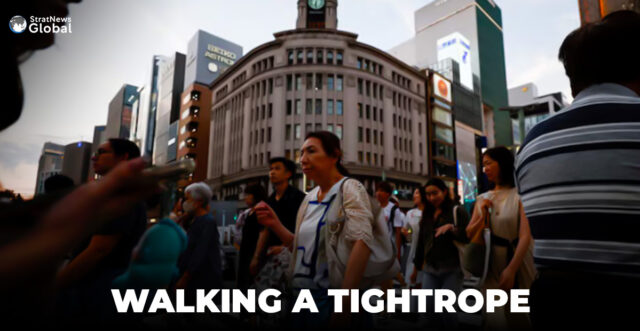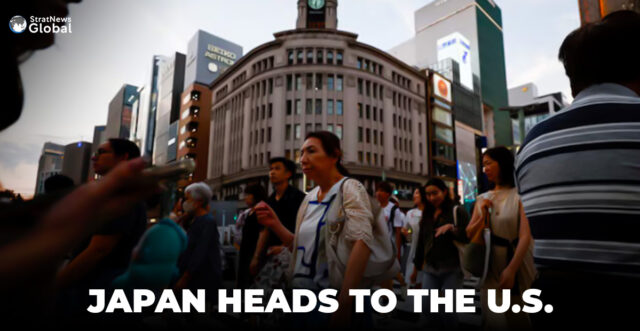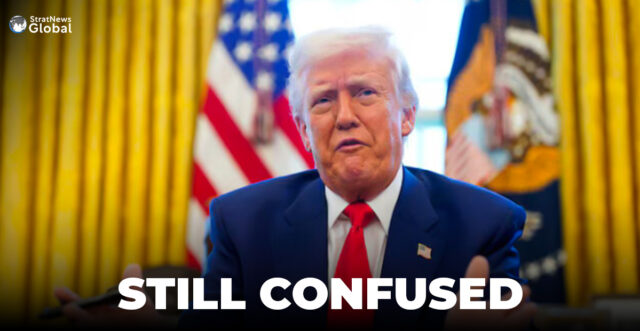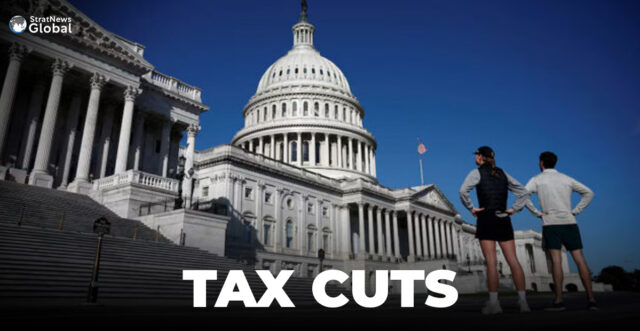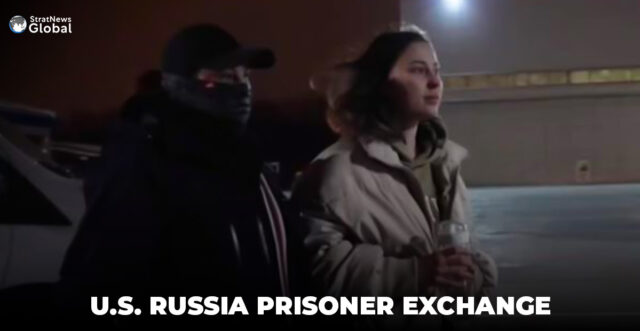The sale of nuclear-powered submarines to Australia under the AUKUS pact faces fresh uncertainty as Trump’s tariffs take effect and U.S. concerns grow over weakening deterrence against China.
Whether the United States can boost submarine production to meet U.S. Navy targets is key to whether Australia can buy three Virginia-class submarines starting in 2032, Defence Minister Richard Marles said last month, after talks with his U.S. counterpart, Pete Hegseth.
2025 Deadline
Australia faces a previously unreported 2025 deadline to pay the United States $2 billion to assist with improving its submarine shipyards. The Trump administration has asked for more funding, Marles said in March.
Consternation is growing in Washington that Australia’s reluctance to even discuss using the attack submarines against China means that transferring them out of the U.S. fleet to Australia would hurt deterrence efforts in the Indo-Pacific, according to experts and documents.
“If you want to deter conflict, in peacetime you need to talk about using it in wartime and we haven’t seen a willingness yet on the part of the Australians, government or officials, to make that kind of threat,” said former U.S. Navy strategist Bryan Clark, director of the Center for Defense Concepts and Technology at the Hudson Institute, who is advising the Australian Defence Force on force design.
Multilateral War Game
In a previously unreported recent multilateral war game simulating a response by U.S. allies to a Chinese blockade of Taiwan, Australian Defence Force commanders did not use nuclear-powered submarines in the South China Sea to attack Chinese targets, instead focusing on protecting Australia’s northern approaches with airpower, drones and missiles, said Clark, who ran the exercise.
The distance from China made an airpower and surface fleet approach less risky, and the submarines were instead placed in areas near Australia where enemy ships might transit, Clark said in an online briefing.
These concerns were echoed in a U.S. Congressional Budget Office report in February and testimony on Navy shipbuilding delays in March, in which officials said selling Virginia-class subs out of the fleet to Australia without replacements was risky because Canberra had not made it clear whether its military would join the U.S. in a conflict over Taiwan.
The question has taken on added urgency, as the U.S. Navy in September set a deadline of 2027 for its forces to be prepared for a conflict with China.
China’s foreign ministry did not immediately respond to a Reuters request for comment.
Submarines In Regional Conflict
Peter Dean, director of foreign policy and defence at the University of Sydney’s United States Studies Centre, said he would expect Australia and the United States to operate submarines in different areas in a regional conflict.
“If it’s a Taiwan contingency, the U.S. will be concentrating its forces in the east and the South China Sea around Taiwan.
Australia may not be directly involved,” said Dean, co-author of Australia’s Defence Strategic Review, which led the Albanese government to refocus its military in 2023 and prioritise long-range strike missiles.
Australia’s Priorities
Australia’s priority is to protect its mainland as a forward operating base for U.S. forces, he said.
Clark told Reuters that nuclear workforce shortages and budget constraints in Australia would most likely delay the submarine sale.
“U.S. and UK submarines operating out of Perth with dual crews, and the Australian-operated maintenance facility, would provide a deterrent to aggression and keep Australia’s preparations for its own nuclear submarines on track,” he said.
He has also advised Canberra to focus on uncrewed systems.
Nuclear Submarines
The Australian Submarine Agency said acquiring nuclear submarines was a key part of Australia’s defence strategy of denial, and “will be equipped for intelligence, surveillance, undersea warfare and strike missions”.
A Pentagon spokesperson said the Defense Department was committed to “our phased plan for Australia to acquire conventionally-armed, nuclear-powered submarines at the earliest possible date”, including the sale of Virginia submarines. A U.S. National Security Council spokesman said, “The U.S. continues to work closely with Australia and the UK to implement AUKUS”.
Domestic politics could also weigh on AUKUS, despite strong support from the major Australian parties, as disappointment that defence ties didn’t win Australia exemptions from Trump’s tariffs has put the programme under unprecedented public scrutiny.
A national election on May 3 could result in a hung parliament that gives independent lawmakers – who are sceptical of Trump and have called for a review of the submarine deal – more power.
Submarines Under AUKUS
AUKUS is projected to span three decades: A rotating force of four U.S.-commanded Virginia submarines and one British submarine hosted at Western Australia’s HMAS Stirling starting in 2027, with mixed U.S. and Australian maintenance and crew; the sale of Virginia submarines to Australian command from 2032; and an AUKUS submarine built by Australia and Britain ready in 2040.
Australia needs to buy the Virginias because relying on a U.S.-commanded fleet until 2040 would be “outsourcing our defence to another country to a level that is not acceptable,” Dean said.
Former Prime Minister Scott Morrison, who clinched the AUKUS treaty in 2021, said in an interview that the threat posed by China and the deterrent of Australia operating nuclear-powered submarines in the South China Sea and Indian Ocean drove the agreement.
“China is the threat – of course they are – and that is what needs to be deterred,” Morrison said.
“The idea of more U.S. and more British boats being in and around Australia, and on station in Australia, in the theatre, we always knew that would bring the earlier deterrent,” he added.
Virginia Submarines
Australia’s plan to purchase Virginia submarines was added to AUKUS by Labor in 2023.
Labor Prime Minister Anthony Albanese, elected in 2022, has been less willing to publicly criticise China, even as Australia’s air force and navy continue freedom of navigation patrols in the South China Sea. This has become a point of political attack in the election campaign for Liberal Party leader Peter Dutton, who was defence minister in Morrison’s government.
“The Chinese made a big effort for us not to proceed with AUKUS precisely because they saw the deterrence effect,” said Arthur Sinodonis, Australia’s ambassador in Washington, as AUKUS was negotiated. “There is a deterrent, whether the stuff is in the U.S. column or the Australian column.”
(With inputs from Reuters)



